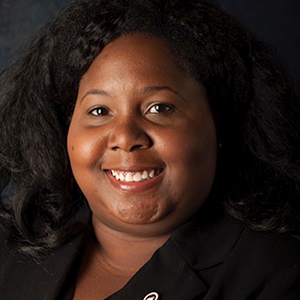Scientists who are caregivers need more support
“There are only four kinds of people in this world: those who have been caregivers, those who are currently caregivers, those who will be caregivers and those who will need caregivers. Caregiving is universal,” Rosalynn Carter, the former first lady, said in 2011.
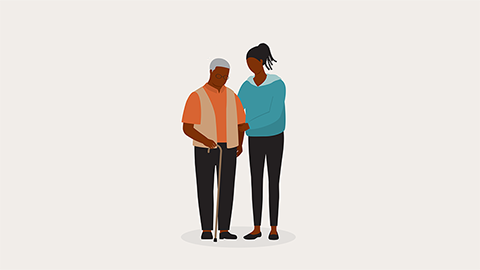
More than a decade later, Carter’s words ring truer than ever.
An estimated 40 million Americans today provide care for family members and other loved ones, and a quarter of those caregivers are between the ages of 27 and 42 years old.
Given that 44 is the average age for receiving a National Institutes of Health R01 research grant, and with a long-term care crisis just on the horizon, the biomedical workforce must prepare now for an influx of early-career scientists with caregiving responsibilities.
What do we mean by ‘caregiver’?
While “caregiving” is often used as an overarching term that includes the raising of children, and while there is overlap in responsibilities (such as taking time off for medical appointments or to care for your sick dependent), caregivers who tend to aging and elderly parents or to disabled partners or disabled children face unique challenges.
For instance, caregivers of elderly parents often become legal guardians or hold power of attorney and are responsible for handling business matters and making medical decisions on the loved one’s behalf. They also have the added burden of securing specialized housing and managing in-home health aides, often paying out of pocket for them.
And some people, such as those in the “sandwich generation” between ages 35 and 54, serve as parents and caregivers simultaneously.
“Women account for three in five sandwiched caregivers, who as a whole account for 28 percent of all caregivers,” noted a 2021 National Academies report on women in academic science, engineering and medicine.
The need for and cost of care is rising
According to the U.S. Census Bureau, by 2035, adults 65 and older will outnumber children under 18 for the first time in history.
“This fundamental demographic shift is the result of the aging of the U.S. population, increasing longevity, and a declining birth rate,” a 2019 AARP report explained.
By 2025, the oldest baby boomers will have reached age 80, setting off what experts fear will become a long-term care crisis with huge impacts on boomers’ adult children.
“Most long-term care needs arise when people are in their mid- to late-80s,” Gal Wettstein of the Center for Retirement Research at Boston College told CNBC.
Almost half of baby boomers have no retirement savings; only a quarter have more than $100,000.
“While the median yearly costs rose across all provider types, home-based expenses — such as home health aids for bathing, dressing or eating, and homemaker services for cooking, cleaning or errands —grew by double-digit percentages in 2021,” CNBC reported last year.
As the cost of care goes up, those who are poised to care for them — their children — are expected to pony up whatever isn’t covered by their elders’ fixed incomes.
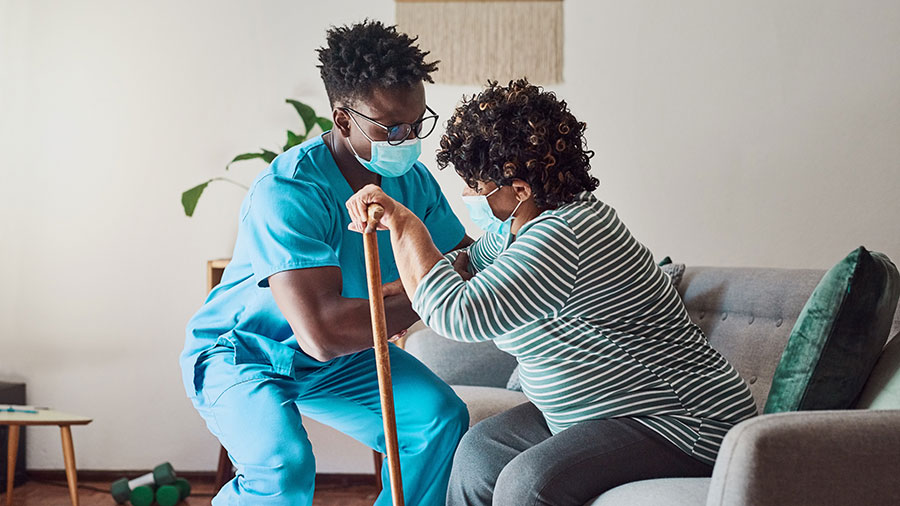
How this affects the biomedical workforce
Caregiving can interrupt scientists’ training, delay their dissertations and other milestones, prevent travel for professional development, reduce time spent in the lab or applying for grants, and even completely derail their careers.
The majority of family caregivers are women, and, as it has for many things, the COVID-19 pandemic has exacerbated the disparities that women in science face. In 2021, the National Academies found that 56% of women in the academic sciences, engineering and math have experienced increased eldercare demands as a result of the pandemic.
“While men may believe they more equally share household tasks, the data on actual household labor time show that women with children under age 6 spend … more time on household tasks than do men, a trend that continues for school-age children and generally for eldercare,” the National Academies report noted.
Caregiving is time consuming and stressful. “About 60 percent of eldercare providers work while caregiving, with most reporting that caregiving negatively affects their work,” the National Academies report said.
Caregiving is exceedingly expensive. Assisted living and nursing home facilities can cost up to $8,900 per month. As an increasing number of early-career scientists must cover the cost of long-term care for their elders, many will have no choice but to leave science altogether.
“A third of employees who left a position reported taking care of an elder with daily living needs as a reason for leaving their job. Almost 25% did so to care for an ill or disabled spouse, partner or family member,” Harvard Business School researchers noted in a 2019 report titled “The Caring Company.”
Policies for caregivers
State and federal lawmakers have a lot of work to do to make sure seniors have access to resources and care they need, including affordable assisted-living and skilled-living facilities, prescription drugs, and medical care.
Academic institutions and federal science funding agencies, meanwhile, must ensure that caregivers are not pushed out of the research enterprise.
While there are policies to support and retain parents in the biomedical sciences, such as the National Institutes of Health childcare supplement for fellowship awards, support for trainees and investigators who are caregivers is lacking.
The American Society for Biochemistry and Molecular Biology offers the following recommendations:
-
Expand the NIH childcare supplement for fellowship awards to include caregivers and allow the use of funds for eldercare.
-
Disseminate information about institutional resources (such as group therapy, support groups and employee assistance programs) for which graduate students and postdoctoral fellows qualify.
-
Provide paid family and medical leave. The Family and Medical Leave Act entitles workers to 12 weeks of unpaid leave to care for an immediate family member. However, most cannot afford to take unpaid leave. Legislation at the state and federal levels is needed.
-
Improve dissemination of information about programs to assist caregivers, such as the NIH’s reentry and reintegration supplements, which have been successful in helping investigators and trainees return to their careers in the biomedical sciences after taking a hiatus.
Editor’s note: In December, the ASBMB held a LinkedIn chat about parenting and caregiving. In it, the author discussed the challenges she faces while caring for her father, who has dementia. In particular, she shared how difficult it is to find affordable long-term care and how caregiving required her to interrupt her graduate studies.
Enjoy reading ASBMB Today?
Become a member to receive the print edition four times a year and the digital edition monthly.
Learn moreGet the latest from ASBMB Today
Enter your email address, and we’ll send you a weekly email with recent articles, interviews and more.
Latest in Policy
Policy highlights or most popular articles
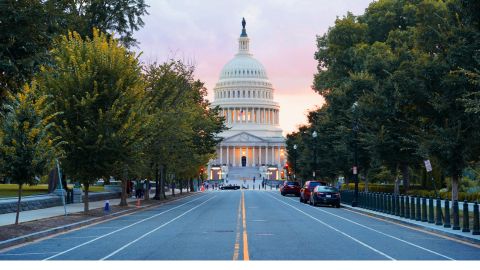
Councilors advocate for science on Capitol Hill
ASBMB Councilors meet with their elected officials to advocate for basic scientific research funding and training the next generation of scientists.
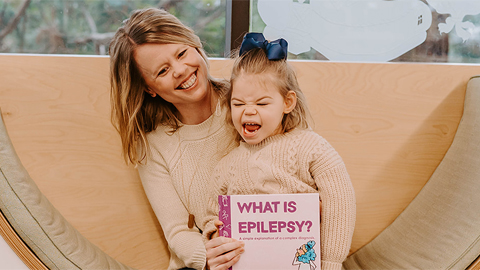
Hope for a cure hangs on research
Amid drastic proposed cuts to biomedical research, rare disease families like Hailey Adkisson’s fight for survival and hope. Without funding, science can’t “catch up” to help the patients who need it most.
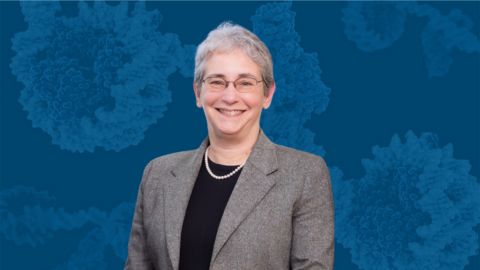
Supporting science through advocacy and community building
ASBMB calls on scientists to take action as funding cuts and policy shifts threaten the U.S. research enterprise, emphasizing the power of community advocacy and persistence in protecting the future of science.
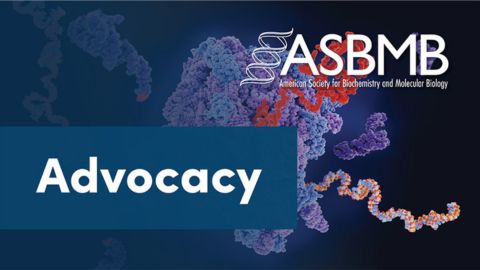
Seven steps to advocating in your home state
Find out how to schedule, prepare for and conduct a productive district office meeting to communicate the importance of fundamental scientific research funding to your representatives.
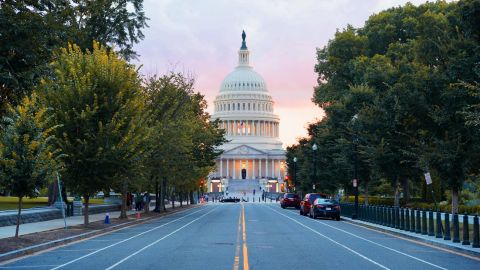
ASBMB members call for funding and agency support amidst uncertainty
In 60 meetings on Capitol Hill, scientists urge legislators to reaffirm support for scientific innovation

Embrace your neurodivergence and flourish in college
This guide offers practical advice on setting yourself up for success — learn how to leverage campus resources, work with professors and embrace your strengths.

